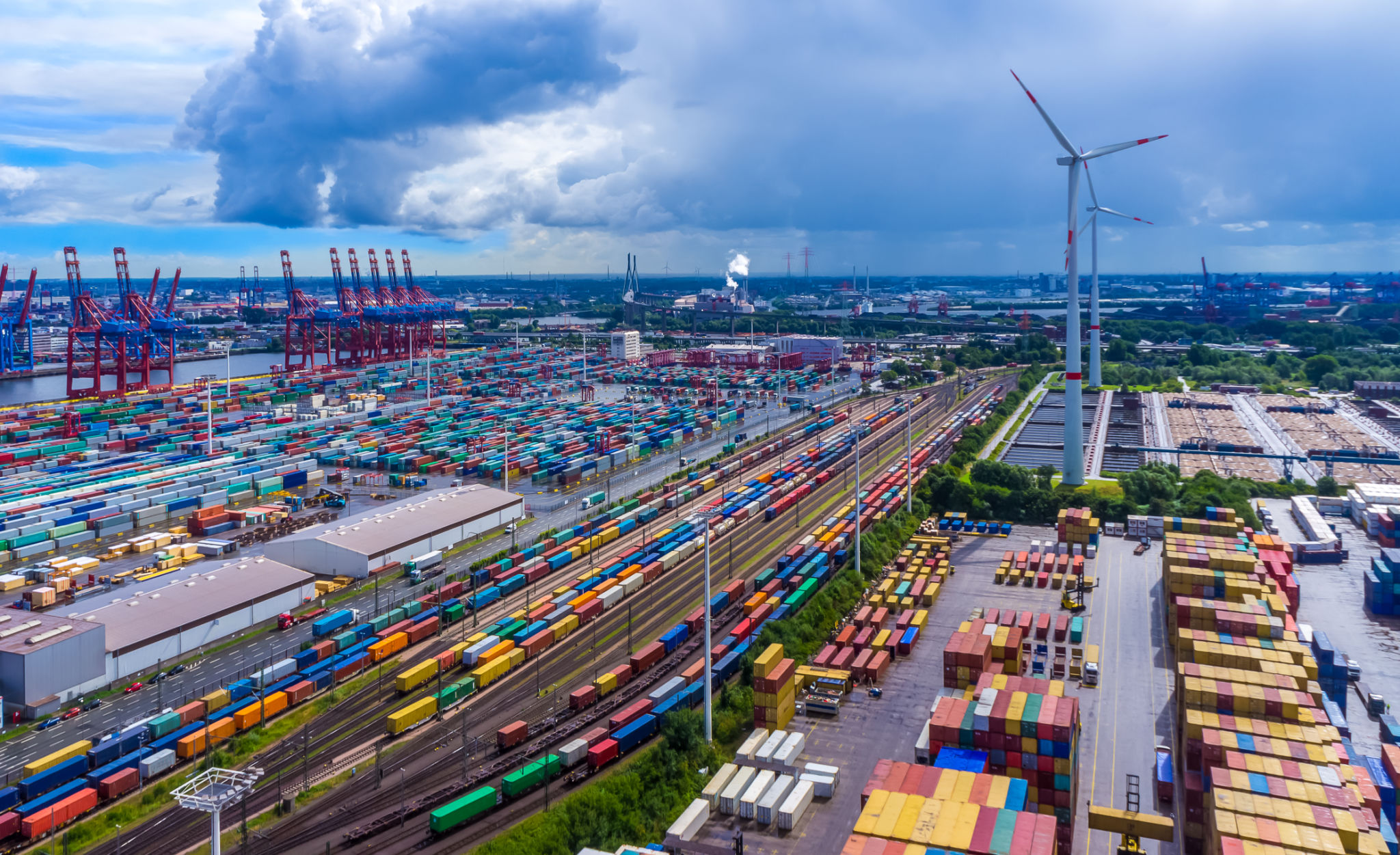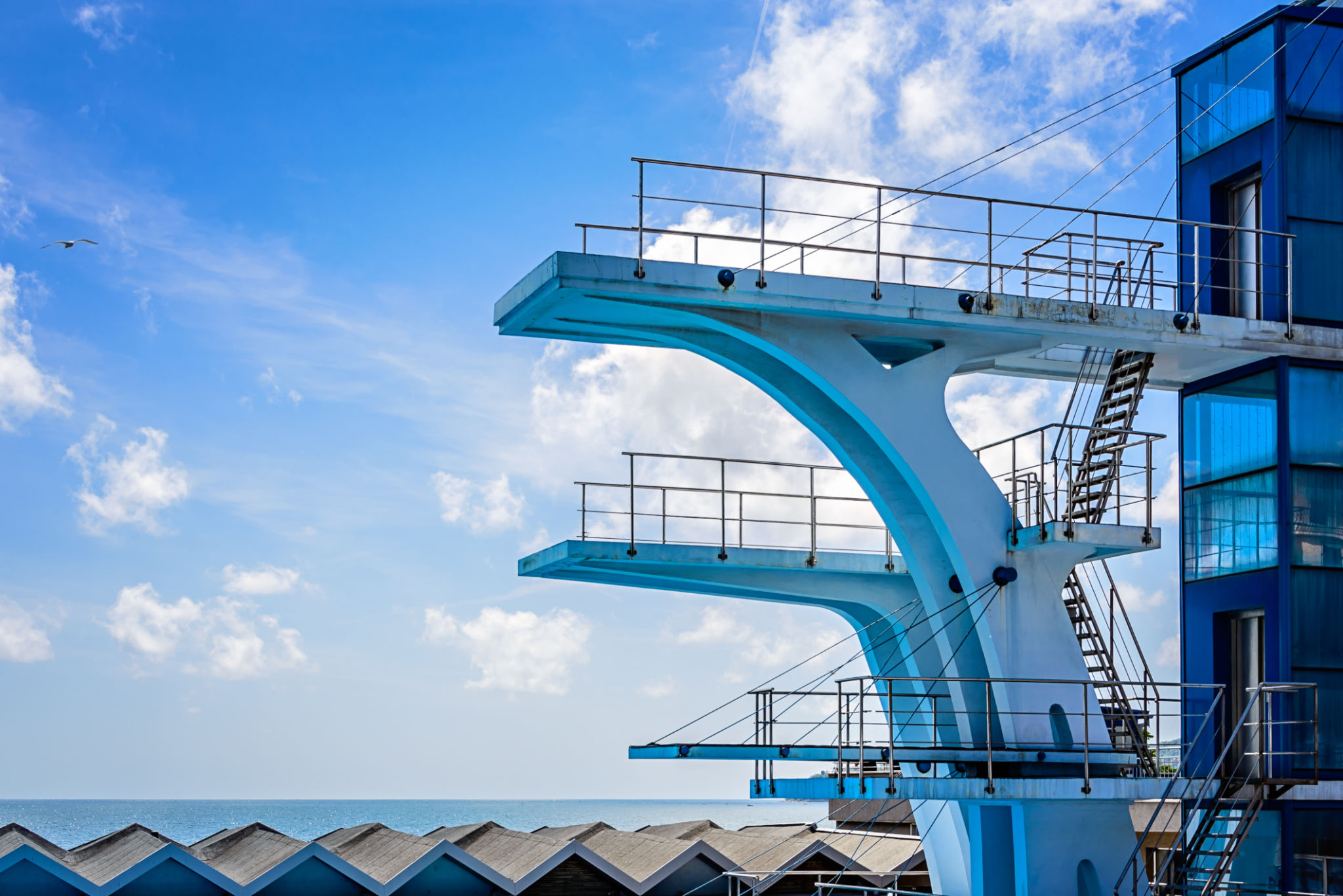Top Trends in Dock Systems for Eco-Friendly Lakefronts
Trends Driving Eco-Friendly Dock Systems
As environmental consciousness continues to rise, lakefront homeowners and businesses are increasingly seeking sustainable solutions for their dock systems. Embracing eco-friendly practices not only helps protect the natural beauty of our waterways but also ensures compliance with environmental regulations. In this blog post, we explore the top trends in dock systems that are leading the way in sustainability.

Use of Sustainable Materials
One of the most significant trends is the shift towards using sustainable materials in dock construction. Traditional docks often rely on materials like treated wood and metals, which can leach harmful chemicals into the water over time. Modern eco-friendly docks are now using recycled plastic lumber, which is durable, low-maintenance, and does not contaminate the surrounding environment.
Additionally, bamboo is gaining popularity as a sustainable alternative due to its rapid growth rate and strength. By choosing these materials, lakefront property owners can significantly reduce their environmental impact while enjoying a long-lasting dock system.
Floating Dock Innovations
Floating docks have seen numerous innovations aimed at minimizing their ecological footprint. These systems are designed to rise and fall with water levels, reducing shoreline erosion—a common issue with fixed docks. Floating docks are often modular, allowing for easy expansion and customization while maintaining a minimal impact on aquatic ecosystems.

Furthermore, companies are developing floating docks with integrated solar panels to provide energy-efficient lighting and power options for nearby structures. This integration of renewable energy sources highlights the commitment to sustainability and energy conservation.
Advanced Anchoring Techniques
Traditional anchoring methods can disturb the lakebed and harm aquatic habitats. However, innovative anchoring techniques are now available that minimize this impact. Using eco-friendly anchors, such as screw anchors and helical piles, ensures stability while preserving the natural environment.
These advanced anchoring systems are designed to be easily removed or relocated, making them ideal for temporary installations or areas with fluctuating water levels. The reduced disturbance to the lakebed promotes healthier aquatic ecosystems, benefiting both wildlife and water quality.
Integration of Native Vegetation
Another trend is the integration of native vegetation into dock systems. By incorporating plants that are native to the area, property owners can enhance the natural beauty of their dock while providing habitat for local wildlife. Vegetated buffers along the shore can also help filter pollutants from runoff before they reach the water.

This approach not only supports biodiversity but also stabilizes the shoreline, reducing erosion and sedimentation in the lake. Native plants require less maintenance and irrigation, making them an ideal choice for eco-conscious property owners.
Smart Dock Technology
As technology continues to advance, smart dock systems are becoming more prevalent. These systems offer features like remote monitoring and automated adjustments to dock height based on water levels. Smart technology allows for proactive management of dock systems, ensuring they remain environmentally friendly and efficient.
The integration of sensors and smart controls helps optimize energy use and detect potential issues before they become significant problems. By embracing these technologies, lakefront properties are better equipped to maintain a sustainable and reliable dock system.
Conclusion: Embracing Sustainability
The push towards eco-friendly dock systems reflects a broader trend of sustainability in all aspects of property management. By adopting these innovative trends, lakefront homeowners and businesses can enjoy the benefits of a functional dock while contributing to the health and preservation of our precious aquatic environments.
Whether through utilizing sustainable materials, implementing advanced technologies, or integrating natural elements, the future of dock systems is undoubtedly green. As these trends continue to evolve, they promise to play a crucial role in protecting our lakes for generations to come.